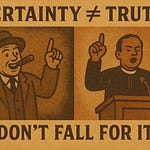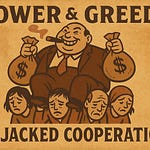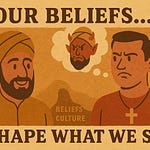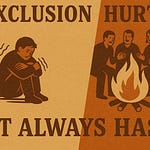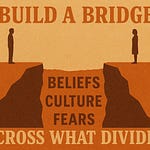Welcome to another Bonus Edition of the MTB podcast—a segment of the weekly episode that I call Afterthoughts! This is my favorite part of these weekly presentations because it gives me a chance to dig a little deeper into something that came up during the main episode.
Now, during this week’s main episode, looking at the readings for Palm Sunday, we talked about what it means to stand up for truth and justice—not just in theory, but in the real, messy, everyday kind of way. And in that same spirit, we’re going to spend this Afterthoughts segment doing what might feel a little uncomfortable at first: we’re going to take a closer look at the Gospel accounts of Jesus’ suffering and death.
Now, if you grew up being told that the Bible is one big, seamless narrative—divinely inspired, historically accurate, and totally consistent—you might be in for a surprise. Because when we slow down and compare the Gospels, the details don’t always match. And no, I’m not just being picky. The differences aren’t minor. They’re meaningful. And they tell us something important—not about Jesus the man, but about the messages the authors were trying to get across to their specific audiences.
And look, this isn’t about debunking anyone’s faith. I’m not here to tell you what you should or shouldn’t believe. But I do think it’s important—especially in times like these—that we learn how to engage with sacred texts honestly and thoughtfully. These are ancient stories. They were crafted with intention. And we are absolutely allowed—no, scratch that—we are encouraged to explore them through a mythological lens. Because when we do, we start to see something deeper. Something that’s less about historical fact and more about human experience, cultural context, and timeless values.
So let’s dive in and see what these different Gospel versions of the Passion narrative can teach us—not just about Jesus, but about the people who wrote these stories, the people they were written for… and maybe even ourselves!






